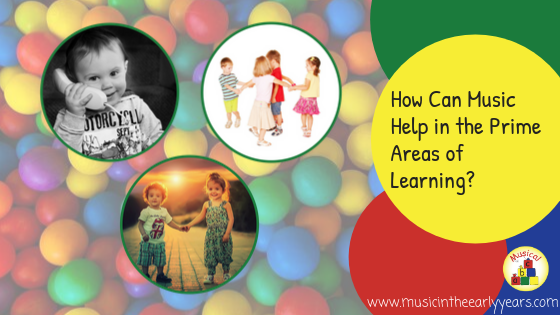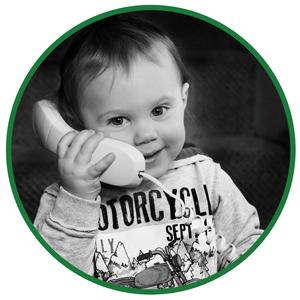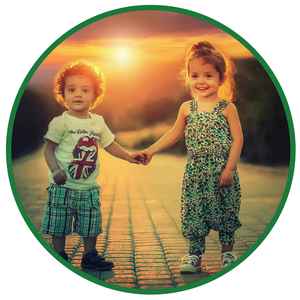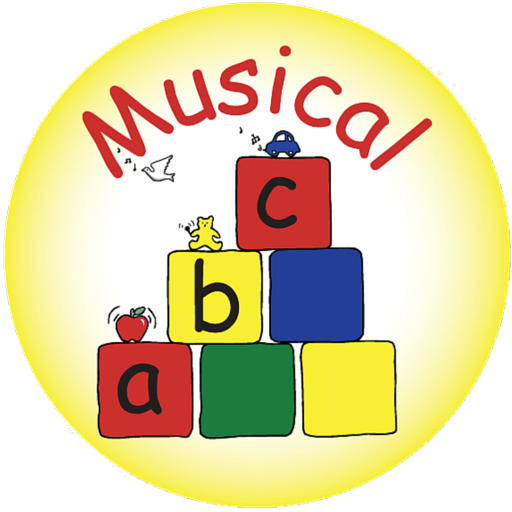How Can Music Help in the Prime Areas of Learning?

Music can help in all 7 Areas of Learning. In this blog, I'm going to go through how you could use music to help with the Prime Areas of Learning: Communication and Language, Physical Development, and Personal, Social and Emotional Development.

Using Songs/Rhymes to help with Communication and Language
Why?
Opportunity for children to:
- Listen to rhythmic patterns
- Recap words
- Be introduced to new words
- Help them understand words
- Say simple sentences... plus much more
What can you do to help?
Include in your repertoire simple, repetitive and interactive songs and rhymes
- Simple: not too many different words and if it is a song, a tune that is easy to sing.
- Repetitive: a song/rhyme that has repeated words.
- Interactive: there are actions or you use a prop that the children interact with.
Sing without an accompaniment. This enables you to sing at a pitch and speed suitable for your children.

Music to help with Physical Development
Why?
Opportunity for children to:
- Manipulate an object, instruments, props...
- Move in different ways
- Explore and choose how to move
- Move the whole body
- Awareness of own space and that of others... plus much more
What can you do to help?
Include in your music time a variety of activities: songs/rhymes, instrument, body percussion and listening to music.
The physical element being:
- songs/rhymes: actions and movements to go along with these
- instruments: handling and manipulating instruments in different ways to make different sounds
- body percussion: clapping, tapping, stamping...
- listening to music: choose different genres of music which the children can move to in different ways.

Music to help with Personal, Social and Emotional Development
Why?
Opportunity for children to:
- Work together as a group
- Try new ideas
- Build confidence
- Get to know others
- Taking turns... plus much more
What can you do to help?
Include in your music time a variety of activities: songs/rhymes, instrument, body percussion and listening to music.
A few examples might be:
- songs/rhymes: suggesting a song to sing
- Instruments: sharing and taking turns
- body percussion: stamping feet to the pulse as they march around as a group
- listening to music: moving a prop as a group: e.g. parachute
If you would like to learn how you can use music as a tool to help in all areas of learning, please take a look at my online training 'Music and the 7 Areas of Learning: https://musicalabc.simplero.com/music-and-the-7-areas-of-learning
Happy music making!

Categories
- Celebrations (8)
- Composing Music (1)
- Instruments (6)
- Listening to music (6)
- Live Music (1)
- Mathematics (3)
- Mathematics: Number (2)
- Mathematics: Shape, Space and Measure (1)
- Music Area (2)
- Musical Elements (1)
- Music Time (11)
- Nursery Rhymes (3)
- Outdoor Music (1)
- Performing (2)
- PDP (5)
- Props (10)
- Routines (2)
- Schemas (2)
- Seasons (5)
- Senses (1)
- Sensory (3)
- Singing (13)
- The Importance of Music in the Early Years (5)
- Topics and Themes (8)
- Top Tips (1)
- Vocal Play (1)
- Vlog (4)
- About Anne (1)

0 comments
Leave a comment